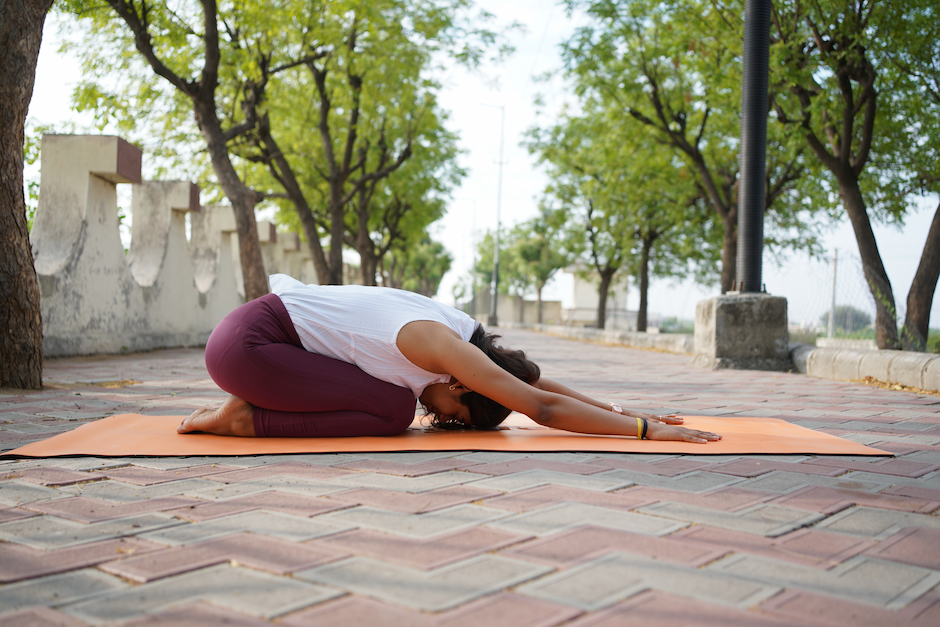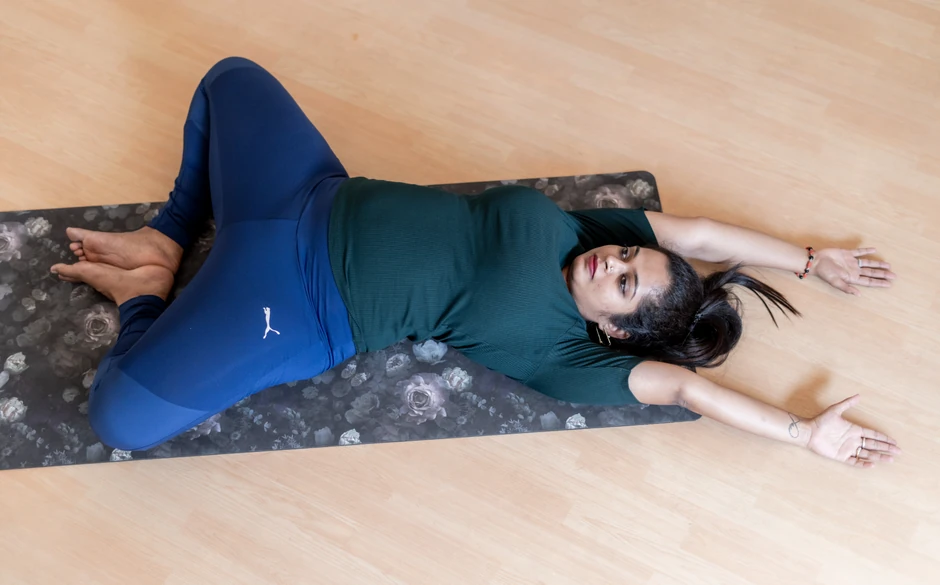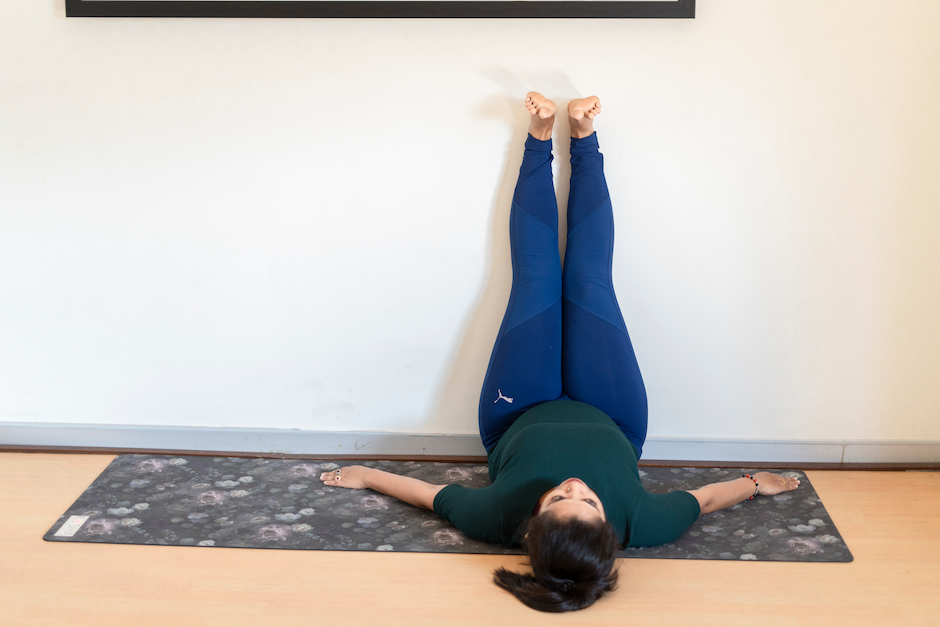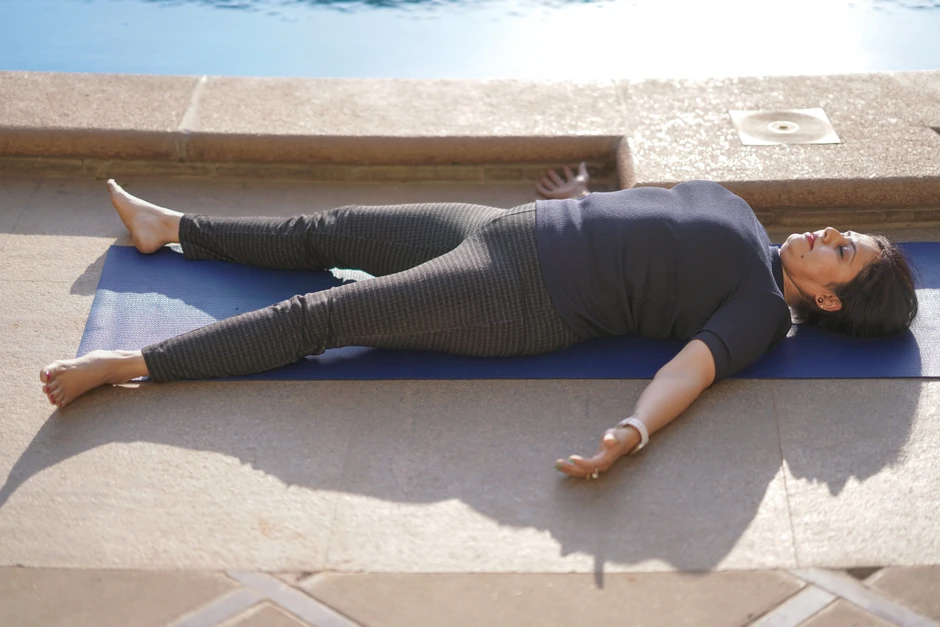

Yoga can be a healing journey for anyone who takes up the practice, and this is especially true for cancer patients. If you’re battling cancer, there are numerous symptoms and side effects that come from treatment, including considerable distress and worry from receiving such a diagnosis.
Studies are showing that yoga provides a healthy method for cancer patients to combat physical and psychological challenges associated with the disease. There are numerous ways yoga can balance your mind and body while fighting cancer, which we’ll explore in more detail below.
Patients who are undergoing cancer treatment often experience a wide range of symptoms, including nausea, fatigue, pain and anxiety. These symptoms are common side effects of treatments like chemotherapy, and when combined with the troubling symptoms of cancer itself, they can feel insurmountable. Yoga offers a natural, holistic way of managing these symptoms, without the need for additional medication.
Yoga poses and breathing techniques can help to reduce nausea, relieve pain, and calm anxiety, while offering a sense of well-being, helping cancer patients feel empowered, rather than helpless, in the face of their illness.
Yoga can also help cancer patients emotionally cope with their illness. Yoga’s focus on mindfulness and meditation can help you become more aware of your thoughts and emotions, helping you process fear, anger and sadness, and find a sense of peace and acceptance with your current circumstances. A 2017 scientific study found that yoga provides a complimentary mind-body intervention in an oncology setting, with few (if any) side effects.
When it comes to physical recovery from cancer, yoga is a low-impact method for therapy. Most cancer treatments often leave patients feeling weak, as chemotherapy and radiation can damage healthy cells along with cancer cells. Yoga helps to rebuild your strength, flexibility, and mobility, and it’s adaptable to your physical requirements. Yoga provides a physical routine that’s slow, gentle, and easy on your joints.
There are many benefits to practicing yoga, especially if you’re currently diagnosed with cancer. Let’s explore some of the ways yoga can improve your life.
Mental Health : Yoga helps to reduce stress, depression and anxiety — regardless of whether or not you are battling a life-threatening disease. Yoga postures, pranayama and meditation all work to help you restore calm by reducing cortisol levels and relaxing your mind and body. This in turn reduces anxiety and stress. Yoga also provides a community outlet that helps cancer patients feel less isolated and more supported as they undergo treatment.
Sleep: The stress of a cancer diagnosis and discomfort from associated treatment can easily cause patients to lose sleep. However, a good night’s rest is essential for healing and recovery. Yoga can help you relax and it encourages healthy sleep patterns, which can help with your overall condition and well-being.
Immune System : Common cancer treatments are notorious for weakening your immune system, leaving you vulnerable to infections and other types of illnesses. By stimulating blood oxygen and encouraging blood flow to your organs, yoga can help protect your immune system. It can also work to regulate your nervous system, giving you the best chance of fighting off infections and recovering from illness.
Digestion: Many cancer patients experience digestive issues while undergoing treatment, such as constipation, bloating, and loss of appetite. Yoga can help to improve your digestion by stimulating the digestive organs and promoting better blood flow to the abdominal area.
Quality of Life: The most profound way yoga can help cancer patients is by encouraging a sense of well-being and spiritual connectedness. This 2010 study found that yoga positively impacts quality of life for cancer patients, which directly affects your ability to fight and recover from your illness.
There are a few things to keep in mind before practicing yoga for cancer patients. Because different types of cancer affect your body in different ways, it’s important to consult your oncologist before starting your yoga practice. Make sure you are aware of any special limitations you might have, and that you are cleared for gentle, physical activity.
Allow for at least two hours after eating before practicing yoga, and if you’re undergoing cancer treatment, it’s recommended that you practice with a partner or group with the guidance of a certified yoga instructor. You can find online yoga classes that suit your needs at MyYogaTeacher, and you can also book a private, 1-on-1 session with an experienced teacher.
Avoid practicing any yoga pose that causes pain or discomfort, and be sure to take it easy on yourself. Remember to drink plenty of water and be mindful of how your body feels.
If you’ve received the green light from your physician and you’re ready to practice yoga, try starting with the poses below for relief from your symptoms.
_optimized.webp)
Start in a tabletop position with your hands and knees on the floor. Inhale and look up, lifting your chin and gently arching your spine. As you exhale, drop your chin and look down toward your naval as you curl your spine forward. Continue this movement 5-10 times.

Start on your hands and knees and then lower yourself down so that your backside is resting on your heels, and your big toes are touching each other. Move your hands forward, palms down, so that your forehead is resting on the floor. Allow your spine to lengthen and your neck muscles to fully relax. Breathe deeply and mindfully while staying in this pose for 5-6 minutes.

Lie down on your yoga mat with your knees bent and the soles of your feet pressed against each other, allowing your legs to open and rest at your sides. With your spine straight, rest your hands on your stomach, pelvis, or at your sides, while allowing your hips and pelvic floor muscles to relax and open. Hold the pose for 1-2 minutes.

Place a folded blanket parallel against a wall. Sit sideways in the middle of the blanket, and turn yourself toward the wall, lifting your legs up and propping them against the wall. Lay back comfortably, rest your head and neck on the floor, and fully straighten your legs. Spread your arms out to your sides with your palms facing up. Allow your chest, abdomen, and pelvis to completely relax. Breathe evenly and mindfully while holding this pose for 5-8 minutes.

Sit on your yoga mat and lower your body to the floor, relaxing your legs and letting your arms rest on the floor at your sides, palms up. Keep your eyes closed and focus on your breathing. Relax the muscles in your face and neck, and visualize every part of your body letting go of all tension. Hold this pose for 5-7 minutes.

Receive personalized guidance tailored to your unique fitness goals, live with a dedicated coach—no credit card required.